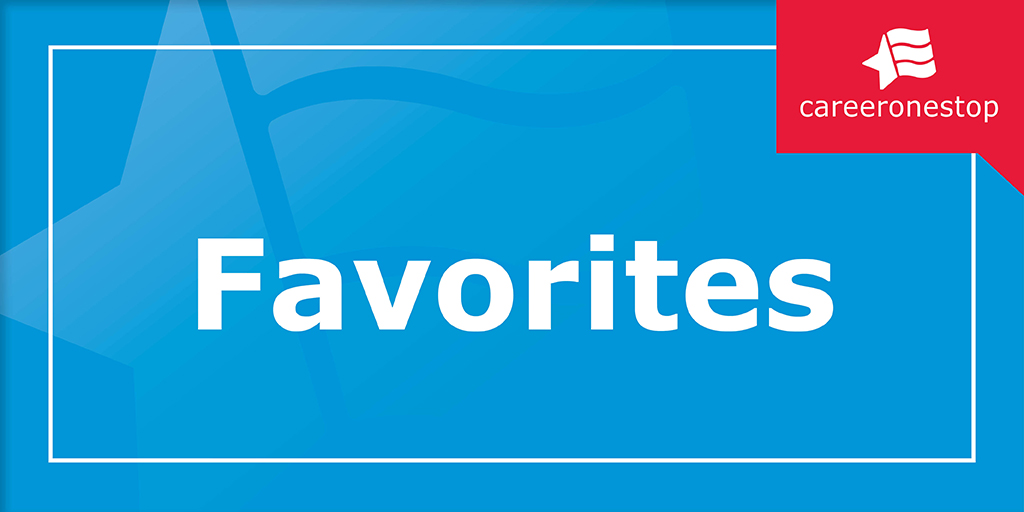
 Based on our end-of-year review, CareerOneStop’s Scholarship Finder has proven to be a user favorite, and it’s popular for good reason. You can search the scholarship list of more than 8,000 active scholarship opportunities in several ways: 1) browse the full list of all scholarships in our collection, arranged in order of the application deadline so you’ll see those with the closest deadline first, 2) search by a keyword, such as your intended major, a scholarship sponsor, or your future career, or 3) use filters to see only awards for certain locations, award type, demographics, or other criteria.
Based on our end-of-year review, CareerOneStop’s Scholarship Finder has proven to be a user favorite, and it’s popular for good reason. You can search the scholarship list of more than 8,000 active scholarship opportunities in several ways: 1) browse the full list of all scholarships in our collection, arranged in order of the application deadline so you’ll see those with the closest deadline first, 2) search by a keyword, such as your intended major, a scholarship sponsor, or your future career, or 3) use filters to see only awards for certain locations, award type, demographics, or other criteria.
Scholarship Finder information is thoroughly vetted to ensure the listings are worth your time to search; scholarship providers contact us to be included, and must apply and qualify to be added to our database. Several hundred new scholarships are added each year, and those no longer viable are deleted. Enhancements this year have made results more accurate, based on the search terms you enter and filters you select. None of the awards in the Scholarship Finder requires applicants to pay a fee to apply.
While students may realize that scholarships are essentially “free money”, they often don’t realize how much opportunity is available, and how many different types of organizations provide them. Many scholarships offer a relatively easy application process – as simple as entering your data on a website. A number include a brief essay. Some invite you to take a creative route like making a short video. It’s often much easier to apply than many students believe.
Scholarship searching can be frustrating and those “right-fit” scholarships can prove elusive to find, especially if you don’t qualify under a distinct category, but there are lots of scholarships open to all applicants. The majority of newly –added scholarships are open to everyone. If you’re struggling to find scholarships that apply to you, check out the “prize” category under the “Award Type” filters, as many have no specific eligibility criteria. And if a scholarship that interests you shows last year’s due date, check the organization’s website anyway, as often the due date remains the same year to year.
Past Scholarship Finder users have provided input to CareerOneStop to improve certain features, and several of their ideas have been implemented. Users can e-mail in questions, comments, or requests for search assistance using info@careeronestop.org
So while you’re busy completing your college applications, and working to complete the FAFSA (Free Application for Federal Student Aid) to apply for financial aid, don’t let scholarship applications fall off the radar. There’s a good chance the time you invest will pay off.




 sources. Post-secondary degrees in Music Performance, Music Education, Music Theory, Music Business, Liturgical Music and Recording Technology are some popular pathways to prepare for a career in music. The technical abilities musicians develop through these different areas of study can lead down a variety of
sources. Post-secondary degrees in Music Performance, Music Education, Music Theory, Music Business, Liturgical Music and Recording Technology are some popular pathways to prepare for a career in music. The technical abilities musicians develop through these different areas of study can lead down a variety of 
 What do Super Bowl commercials, food packaging, and book jackets all have in common? None of them would be possible without market research analysts and specialists.
What do Super Bowl commercials, food packaging, and book jackets all have in common? None of them would be possible without market research analysts and specialists.
 Networking is about developing relationships that could be helpful to you in your job search and your career.
Networking is about developing relationships that could be helpful to you in your job search and your career.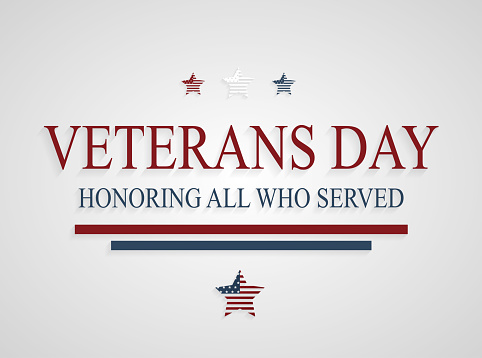
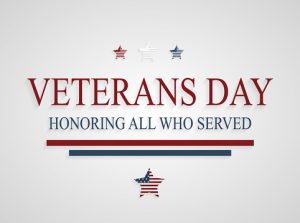 That success is illustrated by the latest unemployment numbers: the job outlook for veterans continues to improve, with the veterans unemployment rate reaching record low levels. In October 2018, the rate was just 2.9 percent. That’s lower than the rate for non-veterans (3.5 percent) and down significantly from the end of 2017, when it was 3.7, and the end of 2016, when it was 4.3 percent.
That success is illustrated by the latest unemployment numbers: the job outlook for veterans continues to improve, with the veterans unemployment rate reaching record low levels. In October 2018, the rate was just 2.9 percent. That’s lower than the rate for non-veterans (3.5 percent) and down significantly from the end of 2017, when it was 3.7, and the end of 2016, when it was 4.3 percent.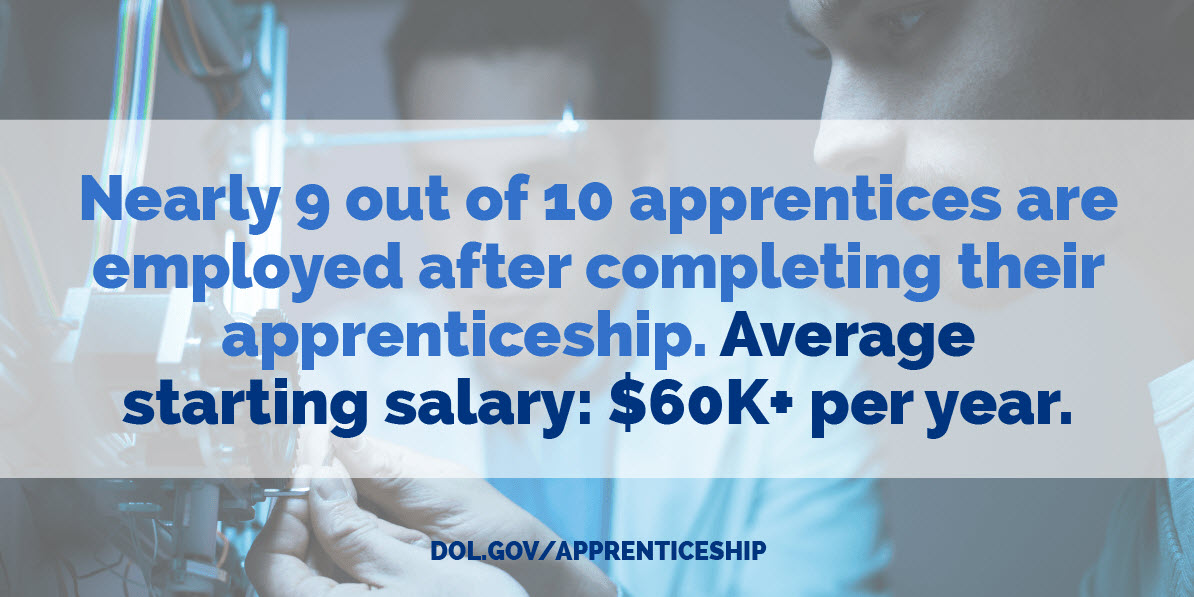
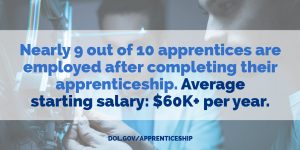



 FAFSA! It sounds like it could be a lively Latin dance, but the FAFSA is actually your best route to getting financial aid for college.
FAFSA! It sounds like it could be a lively Latin dance, but the FAFSA is actually your best route to getting financial aid for college.
